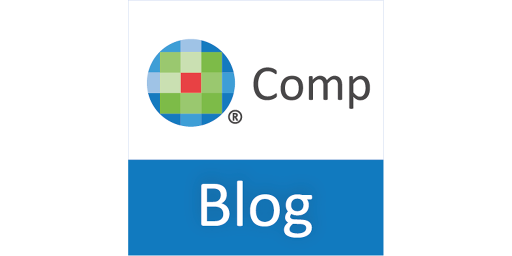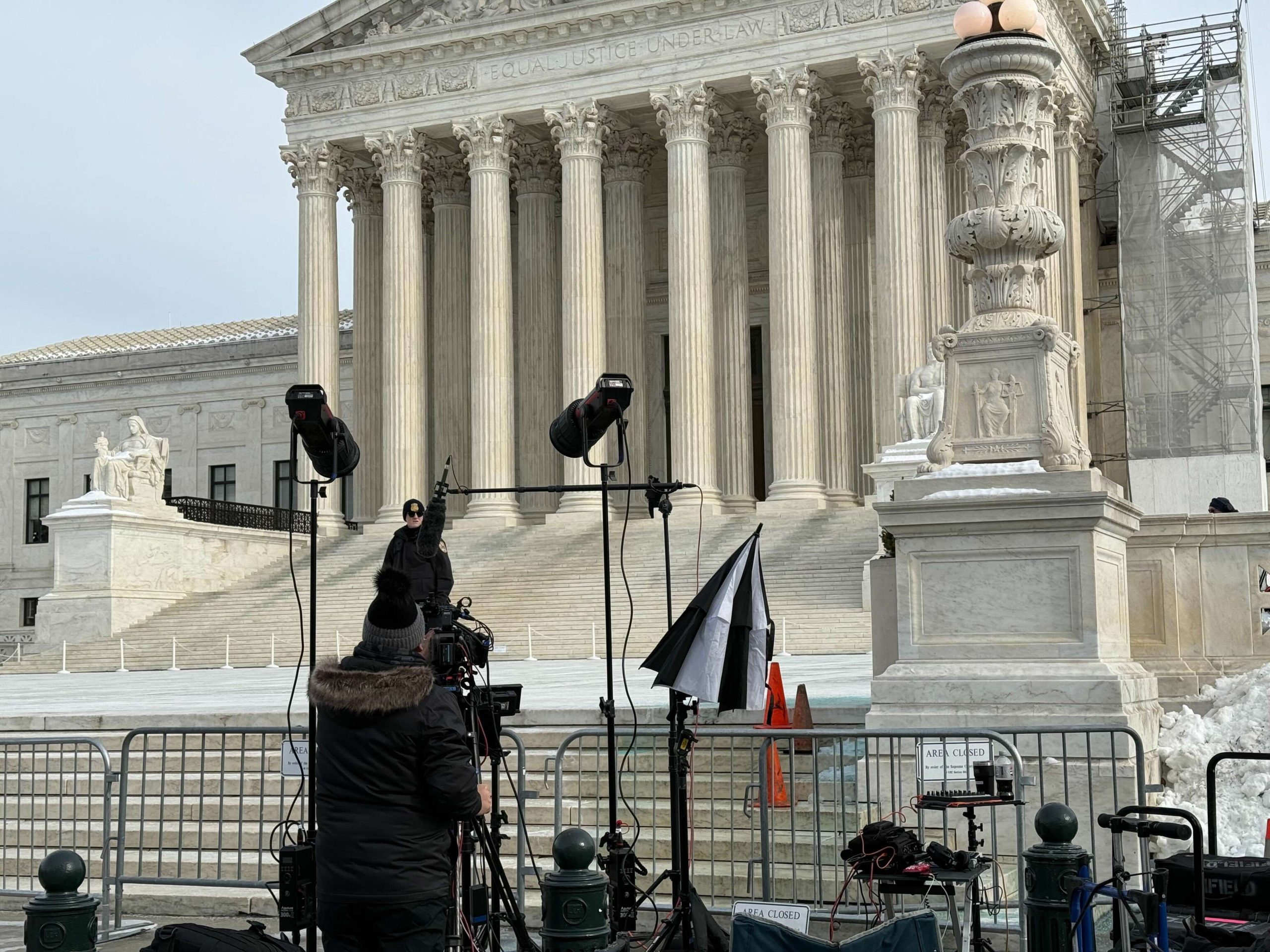Standards, AI, and the Data Transparency Imperative
This Week on IPWatchdog Unleashed, we look at the importance data transparency and standards in the telecommunications industry. Tim Pohlmann is our guest. He is the Managing director for the Americas of LexisNexis Intellectual Property Solutions. Tim Pohlmann was the founder and CEO at IPLytics before joining LexisNexis. Tim has worked at the intersection of data and standard essential patents for a long time, and the themes of data integrity, data transparency and how data can be used to influence and inform decision-making were the focus of our conversation.

However, we being our conversation talking about entrepreneurship and leadership from the perspective of a founder and owner of a company that has been acquired, which is a welcome and happy occurrence, but not without challenges. I asked Tim what he thought about the inevitable shift in priorities that a founder will face as they move from being a frontline creator and technologist to a leader of a company with more responsibilities. This can often mean a focus on other matters that take away attention from the things that got you into the business. Pohlmann said, “I mean, there are two things, of course. Being the founder of a start-up and building your team, you’re also your own president. It’s your universe.” “I had to learn a new culture, having been a part a large corporation with all the reporting structures, budgeting and number crunching. It’s a different experience, of course. I used to be the expert on data, and I developed the product. Today, I am more concerned about budgets, numbers, and who should be on a team, and this is a big change. We have talented people and more resources, which is also – of course – radically different. So we can have dedicated teams to do certain things, but I have to let them handle it, and I miss that terribly. This can lead tensions. The U.S., China, and Europe are all jockeying for the right to set technology standards in the future. “If we have a U.S. and a China version of 5G, it would be the end to innovation.” And the companies are aware of that. This is the biggest challenge, to overcome this tension and make governments understand. We’re contributing to the economy, this is growth. This will make us richer.” My question to Tim: “If you really want AI that impacts people’s lives, and makes innovation quicker, better, cheaper, or safer, then people will have to play by the same rules to some extent.” What do you think?”
“It’s an interesting topic. Pohlmann said, “I think it’s very dynamic.” “I think standardization can be a good thing… when people agree on a standard, it allows for innovation to rise above the rest. We don’t want to regulate. We don’t intend to frame it. I think that there are a lot standards that make sense for me in terms of what kind of data one should or could use. How can we define standards for what information is accurate or not in these AI tools? This paved the way for us to discuss FRAND and to tackle the question of whether a FRAND rate really exists in the first place. This paved the path for us to discuss FRAND, and to tackle the initial question of whether a FRAND price exists. “And this is true for SEP licensing. Some people ask me what FRAND is. What is the rate? What is the number or rate? People don’t want to think of this as ranges even though it’s the correct answer. I mean, that creates, again, uncertainty.”
“If people ask me really what FRAND is, I keep saying it’s two parties closing a deal. Pohlmann added, “That’s it. It’s that simple.” “I mean, when two parties agree on a cost, that’s fair, reasonable, and non-discriminatory, because they negotiated it and came to a conclusion. And I think this is also the issue. Again, the world is changing faster than our minds or our systems. SEPs have suddenly become a part of industries that had never heard of them. They were not used to it. The conversation continues with a discussion of the factors that go into determining a FRAND rate, bulk discounts, and how data can be used to determine if a rate is uncompetitive. You can listen to the full discussion on IPWatchdog Unleashed at IPWatchdog.com or wherever you get podcasts. You can also view the video below on the IPWatchdog channel on YouTube.






